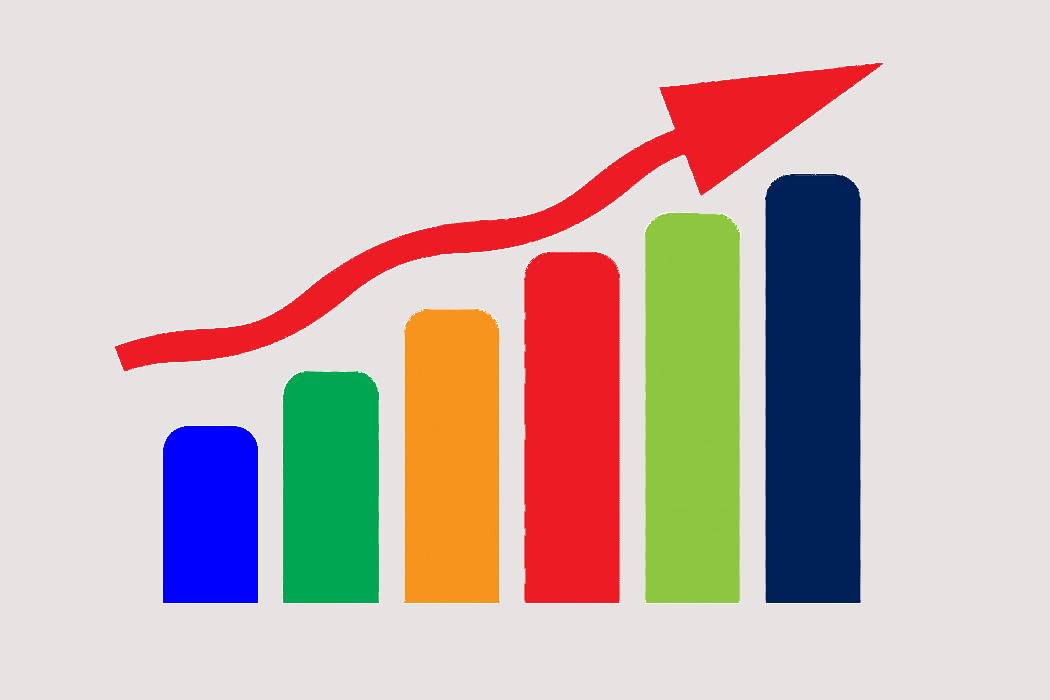Sri Lanka is to achieve 4.0 to 4.5 percent economic growth in 2020 and inflation below 4.0 percent and a higher 6.5 percent growth in the medium term implementing pragmatic economic policies Central Bank Governor W D Lakshman told a media conference in Colombo today.
Director of Economic Research Chadranath Amarasekara said growth is likely to be around 2.7 to 2.8 percent in 2019.
Economic growth of around four to 4.5 percent could be achieved next year with the implementation of right economic policies, he said adding that Inflation is to remain below 4 percent in the year 2020.
“Sri Lanka has sharply cut taxes to reduce the burden of the state on the people; he disclosed adding that spending will be curtailed in an almost classical liberal policy of ‘state austerity’.
Performance on the trade front continued to improve during the first ten months of 2019 with imports contracting considerably and merchandise exports recording a modest growth, thereby leading to a cumulative contraction in the deficit in the trade account.
Provisional data suggests a significantly lower current account deficit in the first nine months of 2019 compared to the corresponding period of 2018.
The tourism sector, which suffered a setback following the Easter Sunday attacks, has since recorded a faster than expected recovery.
Workers’ remittances were somewhat low, while outflows of foreign investment were observed from the Government securities market and the equity market during the yea, Mr Amarasekara said.
Although a steady expansion in credit disbursed to the private sector in absolute terms was observed during the four month period commencing August 2019, the year-on-year growth of private sector credit continued to decelerate thus far during the year.
Driven by low credit expansion, the year-on-year growth of broad money (M2b) also continued to moderate. Going forward, money and credit aggregates are expected to recover gradually, with the expected continued decline in lending rates, and other mechanisms that are being introduced to revive economic activity, he added.
(LI)

